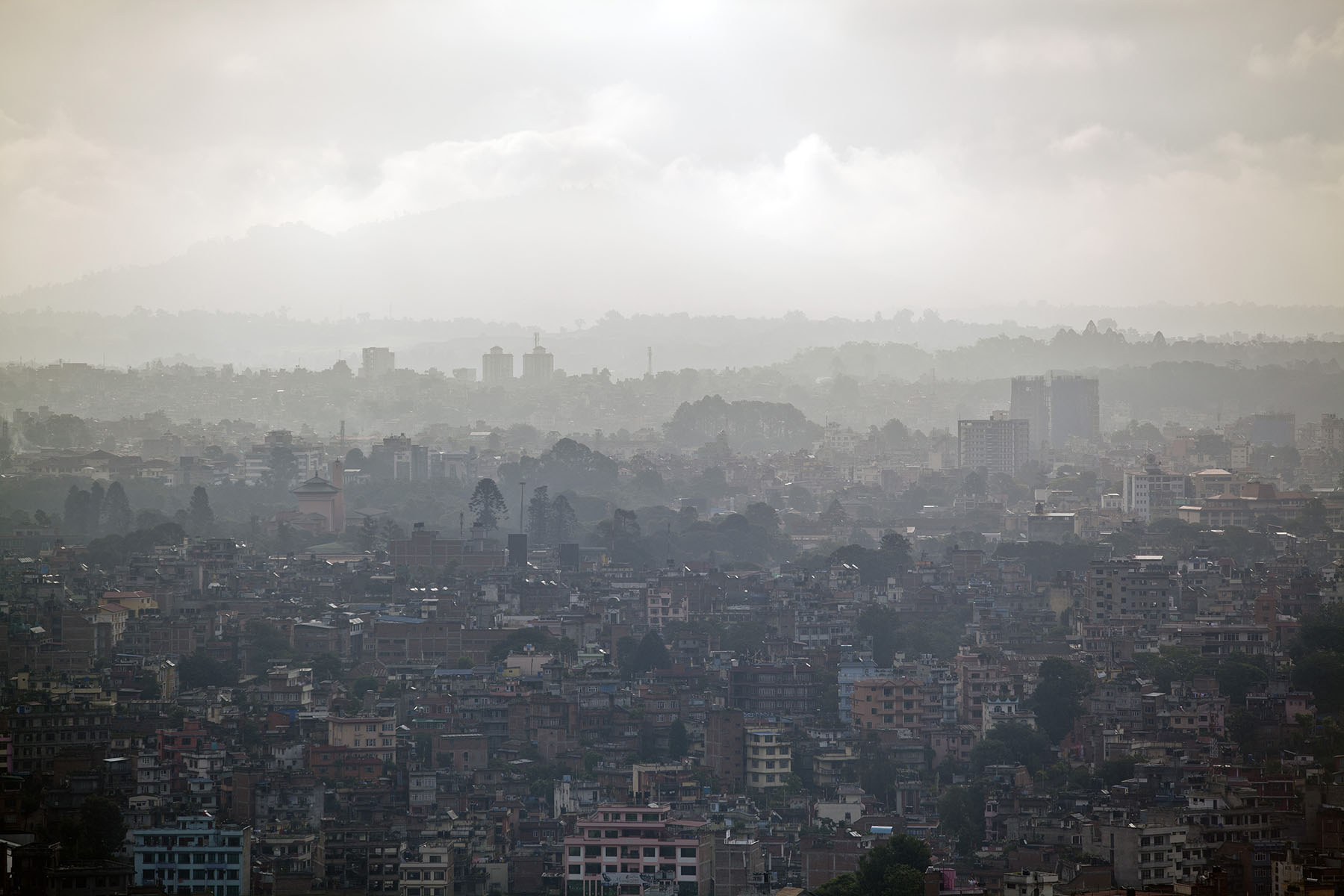


Kathmandu is currently enveloped in a thin layer of polluted haze, significantly affecting its air quality and earning the city the unfortunate title of having the worst Air Quality Index (AQI) globally. Over the past days, Kathmandu has consistently held the position of the most polluted city in the world. According to IQ Air, a Swiss organization monitoring real-time air quality data worldwide, the particulate matter pollution (PM2.5) levels in Kathmandu were measured at 241 micrograms per cubic meter at 8 am local time, rising to 258 by 10 am as office hours began in the capital. The bowl-shaped valley’s air pollution has worsened due to an increase in forest fires across the country, with over 150 incidents recorded on Monday alone.
PM2.5 refers to solid and liquid particles in the air smaller than 2.5 micrometers in diameter. When PM2.5 levels exceed 300 mg/m3, the air quality is considered hazardous, prompting emergency alerts. Levels between 201 and 300 mg/m3 are categorized as very unhealthy. Residents, such as Bibek Magar, have reported throat irritation and other health issues due to the pollution. The decreased visibility caused operational disruptions at Kathmandu’s airport, with visibility dropping to 2000 meters. The lack of precipitation in the densely populated valley has allowed pollutants to linger in the atmosphere, further deteriorating air quality.
Doctors have warned of short- and long-term health effects, including respiratory issues, cardiovascular problems, and even cancer. Nepal typically experiences high pollution levels during the dry months, particularly from March to May, when forest fires are prevalent. The World Health Organization defines air pollution as the contamination of indoor or outdoor environments by various agents, including household combustion, motor vehicles, industries, and forest fires.